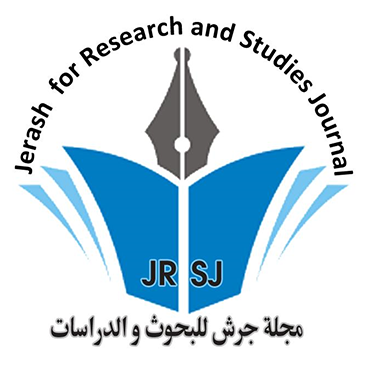Jerash for Research and Studies Journal مجلة جرش للبحوث والدراسات

Abstract
5G networks and Mobile Edge Computing (MEC) are two main pillars of the next technological revolution. The first pillar provides ultra-reliable, high-bandwidth connectivity with ultra-low latency, while the second pillar gives mobile networks cloud computing capabilities at the edge of the network, enabling compute-dense, context-aware services for mobile users. So the next generation of mobile networks will see close integration between computing and communication. Therefore, it was necessary to study the different deployment options for edge hosts in 5G network, to know the effect of those options on the overall performance of the network. In this research, (Omnetpp 6.0) network simulation program, (Simu5g) and (INET) frameworks were used to simulate a 5G network with multiple (gNodeBs) and multiple (User Equipments-(UEs)), then compare the performance of two different deployment scenarios, where the first scenario contains only one host (MecHost_A), while the second scenario contains two hosts (MecHost_A) and (MecHost_B). To achieve that,the flow of packets between different network components was monitored to see the impact of using another host in this network. The simulation results showed that using of two hosts led to decrease congestion as a result of reducing the number of exchanged packetsbetween different network components, consequently increase throughput at base stations (gNodeB_Bs) and decrease the application response time at both(MecHost_A) platformand (UALCMP), thus, improving the performance of network.
Recommended Citation
Alali, Safaa and Assalem, Abdulkaim
(2023)
"Performance Analysis of Mobile Edge Computing Deployment Models in 5G Networks,"
Jerash for Research and Studies Journal مجلة جرش للبحوث والدراسات: Vol. 24:
Iss.
2, Article 14.
Available at:
https://digitalcommons.aaru.edu.jo/jpu/vol24/iss2/14
Included in
Arts and Humanities Commons, Digital Communications and Networking Commons, Social and Behavioral Sciences Commons

